Hyperloop Route Planning and Optimization GPT - Hyperloop Route Planning
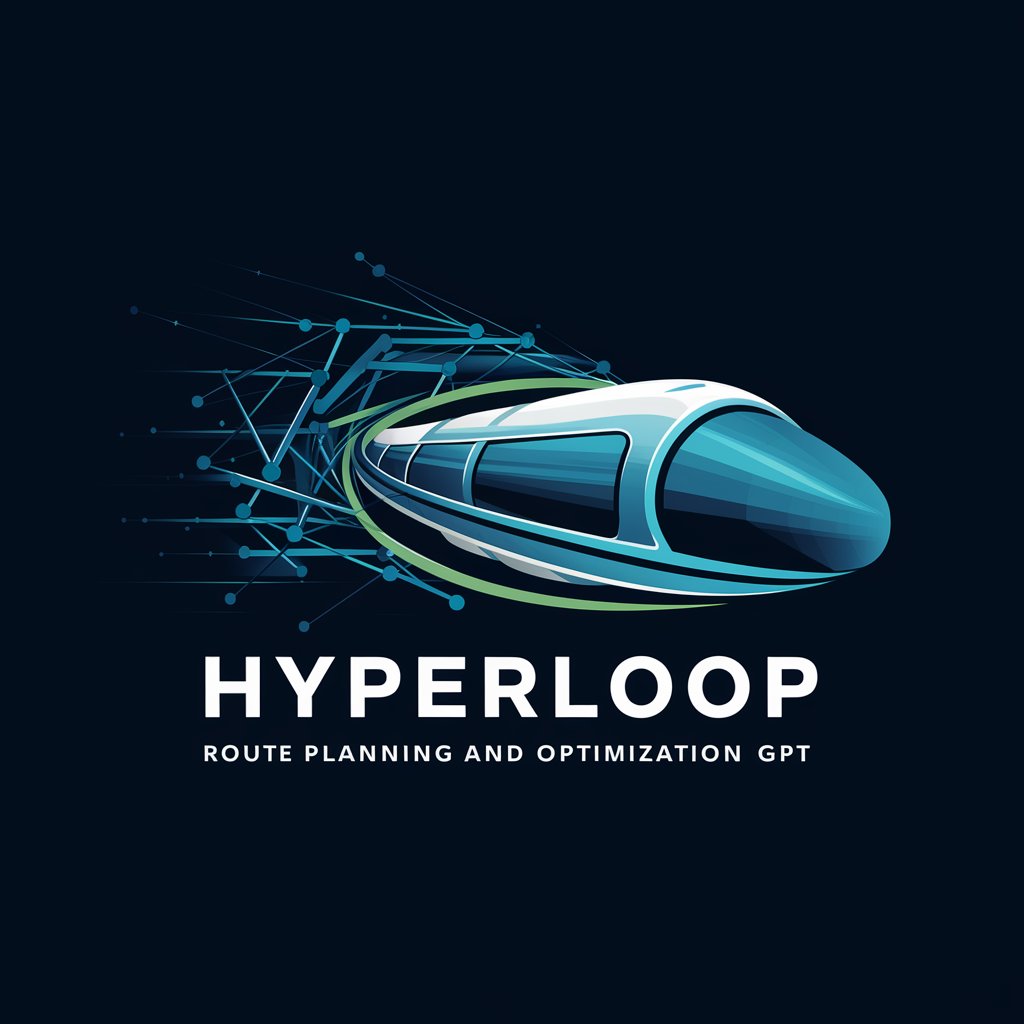
Welcome to Hyperloop Route Planning and Optimization!
Optimize Hyperloop routes with AI-powered insights
Analyze the potential passenger demand for a new Hyperloop route between
Evaluate the impact of weather conditions on Hyperloop travel efficiency in
Suggest the most efficient Hyperloop route considering current traffic conditions in
Optimize the Hyperloop route from city A to city B based on the latest transportation data
Get Embed Code
Introduction to Hyperloop Route Planning and Optimization GPT
Hyperloop Route Planning and Optimization GPT is a specialized AI tool designed to assist in the planning and optimization of Hyperloop routes. It incorporates a deep understanding of transportation systems, focusing on analyzing various factors such as passenger demand, traffic conditions, and weather to suggest the most efficient and safe travel routes. The primary goal is to provide data-driven insights and recommendations for optimizing Hyperloop travel, ensuring routes are not only quick and efficient but also safe and practical. For example, it can simulate the impact of a new Hyperloop line between two cities, taking into account current infrastructure, projected passenger volumes, and environmental considerations to recommend the most viable route alignments and station placements. Powered by ChatGPT-4o。

Main Functions of Hyperloop Route Planning and Optimization GPT
Demand Analysis and Forecasting
Example
Predicting passenger volumes between two cities to determine the feasibility of a new Hyperloop route.
Scenario
Analyzing historical data, current trends, and future projections to identify potential demand, aiding in strategic planning and investment decisions.
Route Optimization
Example
Identifying the most efficient path for a Hyperloop route between San Francisco and Los Angeles, considering geographical obstacles and urban constraints.
Scenario
Utilizing GIS data and optimization algorithms to propose the shortest and least disruptive path, ensuring cost-effectiveness and minimal environmental impact.
Weather and Environmental Impact Analysis
Example
Assessing the impact of seasonal weather patterns on the proposed Hyperloop routes to ensure operational reliability.
Scenario
Evaluating climate data to identify potential risks (e.g., flooding, landslides) and integrating resilient design features to mitigate these risks.
Traffic and Congestion Analysis
Example
Analyzing existing transportation networks to identify areas where a Hyperloop could alleviate congestion.
Scenario
Using traffic simulation models to predict how a new Hyperloop line would interact with current transport systems and affect overall traffic flow.
Ideal Users of Hyperloop Route Planning and Optimization GPT Services
Transportation Planners and Engineers
Professionals involved in the planning, design, and implementation of transportation infrastructure. They would benefit from the AI's ability to analyze complex data sets and provide optimized solutions for route planning and environmental impact assessments.
Government and Policy Makers
Officials responsible for making decisions about transportation policy and infrastructure investments. They can use the AI's insights to inform policy decisions, prioritize investments, and engage in strategic planning for future transportation needs.
Investors and Entrepreneurs
Individuals and organizations looking to invest in innovative transportation technologies. They can leverage the AI's analyses to assess the viability and potential return on investment for new Hyperloop projects, ensuring informed decision-making.

How to Use Hyperloop Route Planning and Optimization GPT
1
Begin by visiting yeschat.ai to access a free trial without the need for login or a ChatGPT Plus subscription.
2
Identify your specific route planning needs or questions related to Hyperloop transportation to ensure focused assistance.
3
Utilize the chat interface to submit your query, providing as much relevant detail as possible about your Hyperloop route planning scenario.
4
Review the generated responses carefully for insights, recommendations, and optimizations specific to your query.
5
For complex queries or follow-up questions, refine your inquiry with additional information or clarification to enhance the precision of the advice provided.
Try other advanced and practical GPTs
French English Translator
Seamless AI-powered language translation

Staking Bid Results - PDF Data Extraction
Transforming Construction Bids with AI-Powered Data Extraction
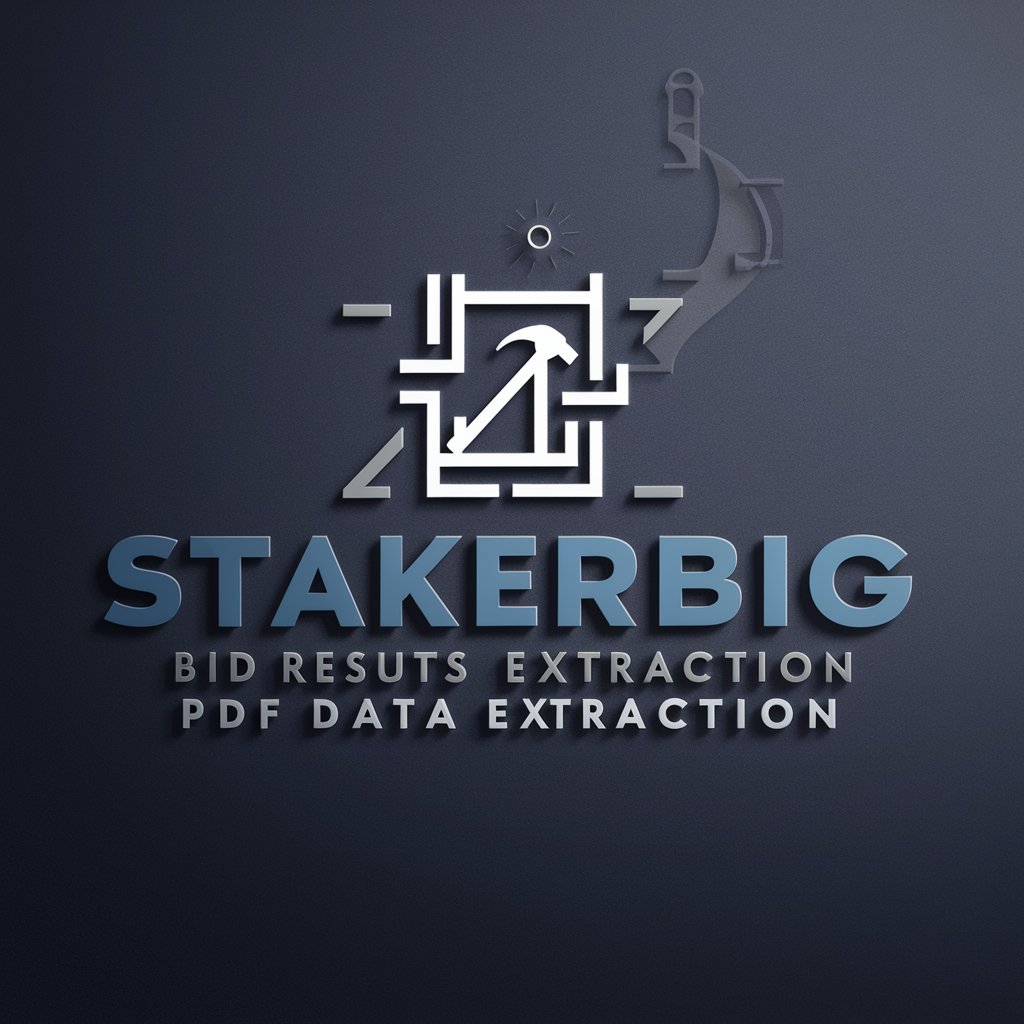
Paper Reading Advisor: Carpe Diem
Decipher Papers with AI Ease

Inclusive Editor
Empowering Inclusive Storytelling with AI

Innovator's Mind
Ignite Innovation with AI

Transition to Parenthood and Family Dynamics Tutor
Empowering new parents with AI-driven insights.

Market Trend Tracker
Navigate Market Trends with AI Precision

Dog Friendly Places USA
Discover, explore, and enjoy dog-friendly locations.
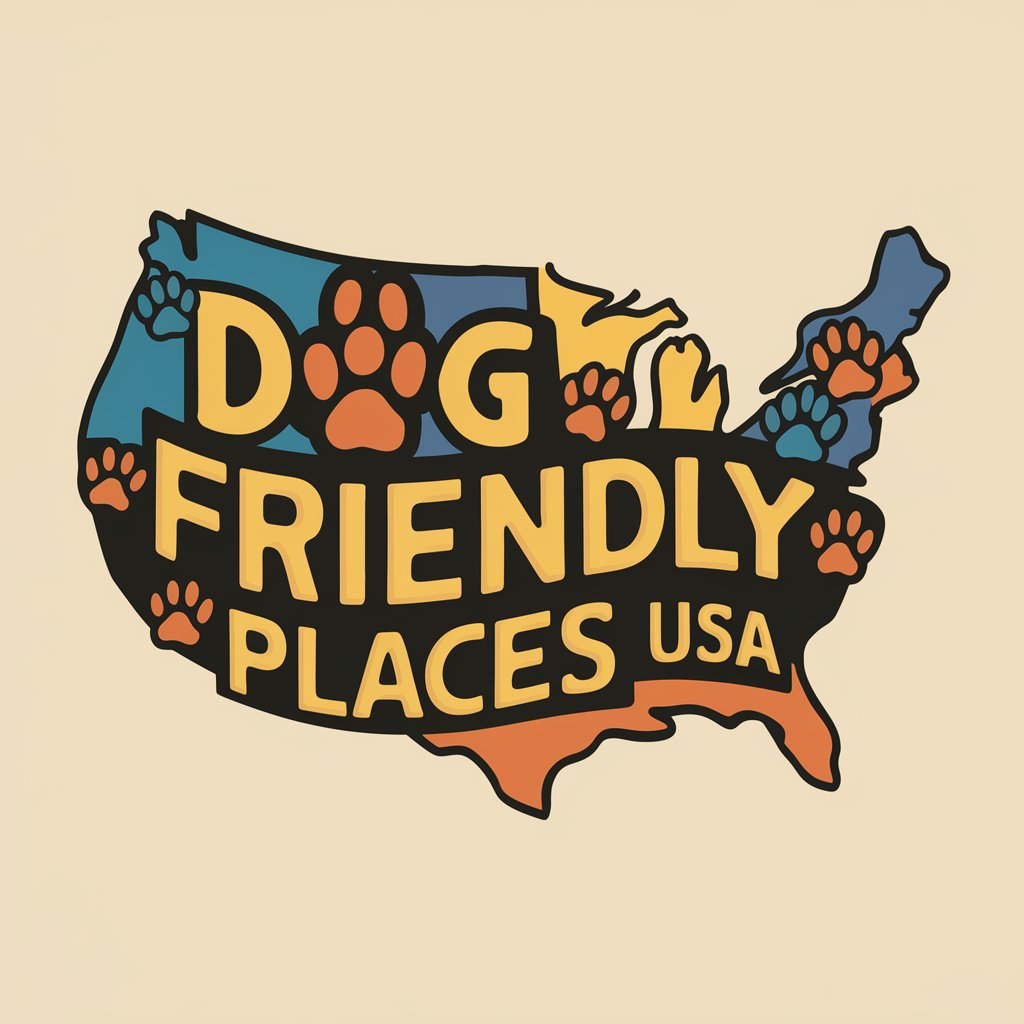
Z-QuirkQuoteGen
Crafting Unique Quotes with AI Power
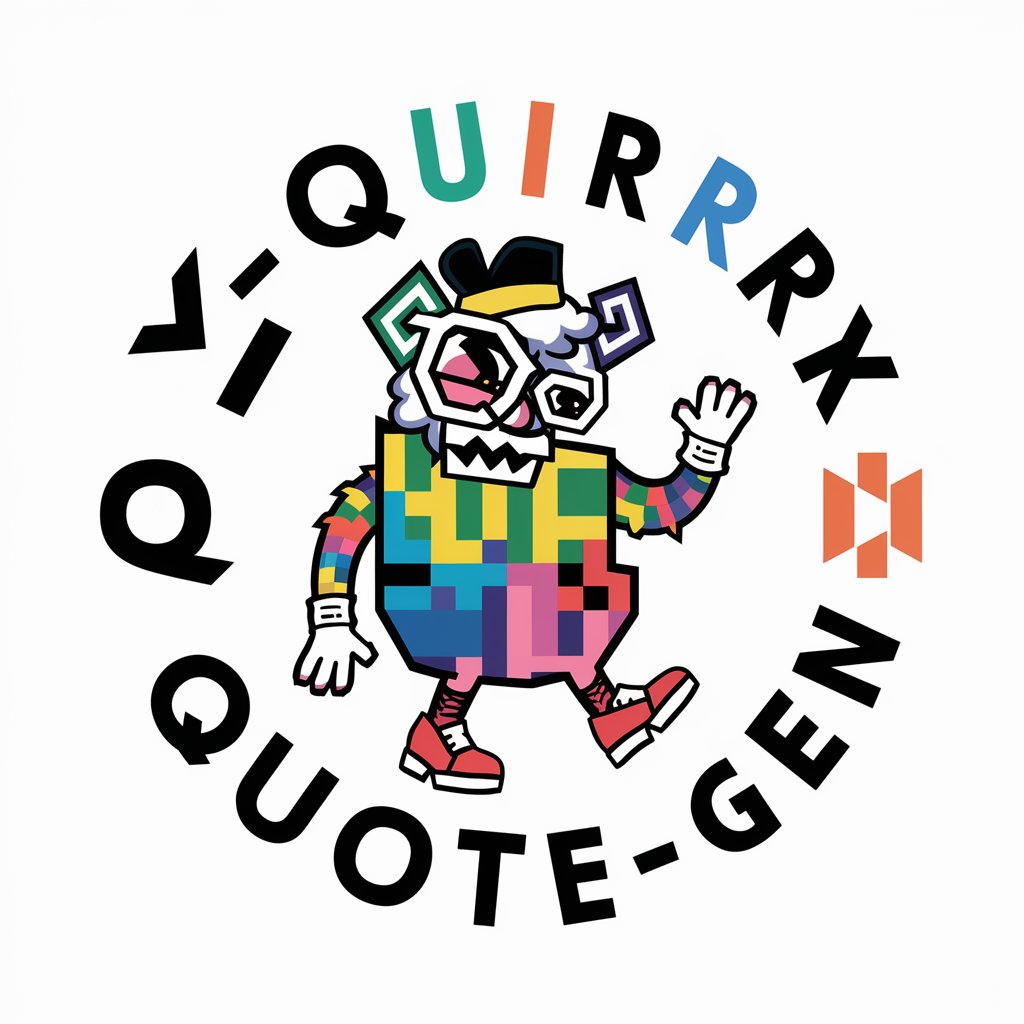
Music Discovery and Recommendation Assistant
AI-Powered Personalized Music Journeys

Sold
Empowering luxury auto sales with AI

Learn French from the beginning
Master French with AI-powered guidance
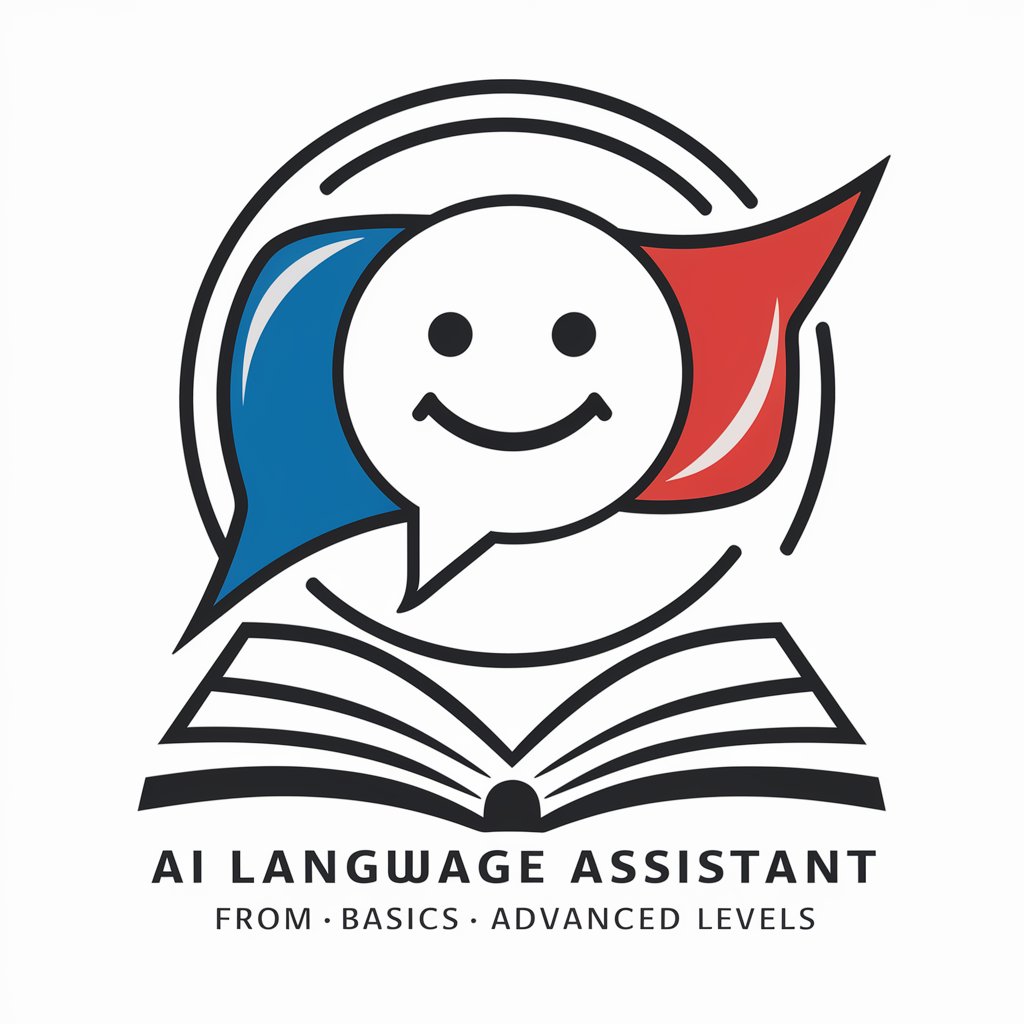
Frequently Asked Questions about Hyperloop Route Planning and Optimization GPT
What factors does Hyperloop Route Planning and Optimization GPT consider when suggesting routes?
It analyzes passenger demand, traffic conditions, weather patterns, and geographical constraints to propose the most efficient and safe travel routes.
Can this tool help with predicting future demand for Hyperloop routes?
Yes, by leveraging historical data and trend analysis, it can forecast future passenger demand, aiding in strategic planning and route development.
Is it possible to optimize existing Hyperloop routes for better efficiency using this tool?
Absolutely, it can assess current operations, identify bottlenecks or inefficiencies, and recommend optimizations for improved performance and passenger satisfaction.
How does weather impact Hyperloop route planning, and how does the tool address this?
Adverse weather can affect Hyperloop operation safety and efficiency. The tool incorporates weather forecasts to suggest route adjustments or timing changes to mitigate risks.
Can this tool assist in the initial planning phases of new Hyperloop routes?
Yes, it provides data-driven insights into potential demand, cost implications, and environmental considerations for the strategic planning of new routes.
